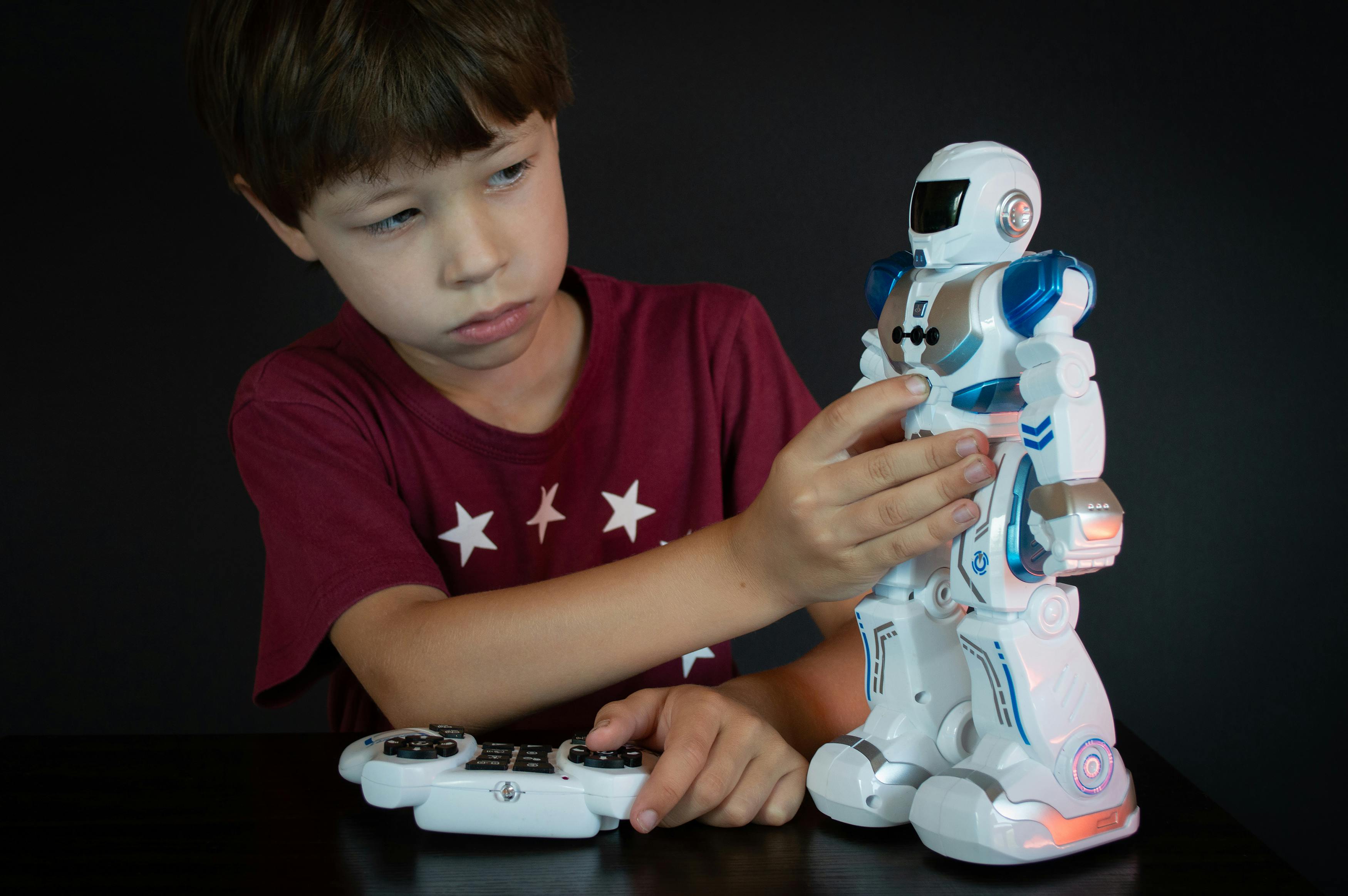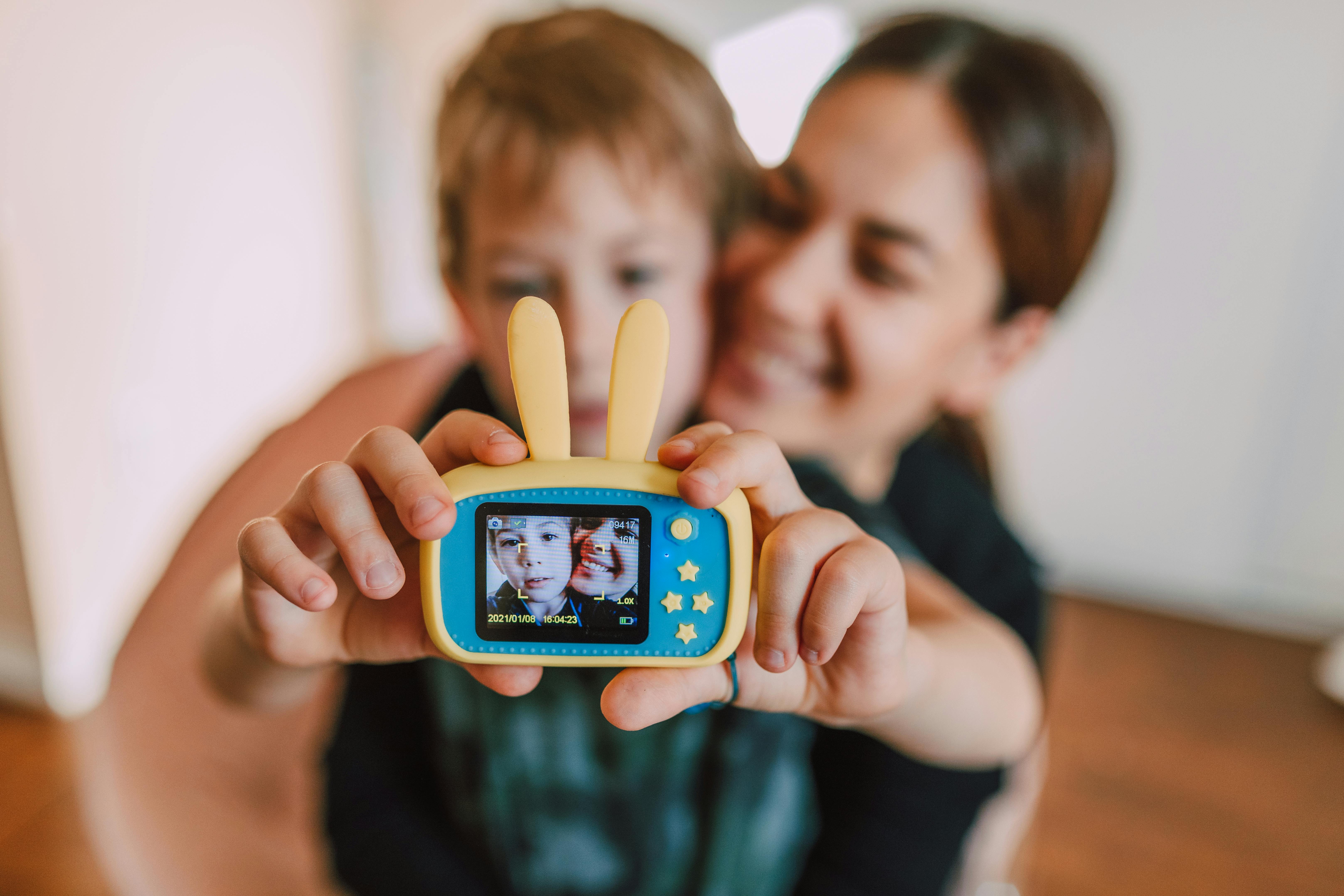Login
Join Free
Why Kids Love Electronic Toys: Insights for Today’s Toy Market
Children's play habits are evolving faster than ever. While traditional toys still hold an important place in childhood development, electronic toys have captured a unique position in today's homes, classrooms, and gifting markets. For many global buyers—importers, e-commerce sellers, wholesalers, and brand managers—the same question appears repeatedly: Why do kids love electronic toys so much?
The answer goes beyond lights and sounds. Electronic toys align with how children explore, learn, respond to stimuli, and build emotional attachment. Understanding this helps businesses source smarter, predict trends earlier, and develop product lines that resonate more strongly with young customers.
This article offers a clear, research-supported explanation of why electronic toys appeal to children, how the category continues to evolve, and what this means for sourcing and product planning.
1. Children Naturally Love Engagement and Response
Electronic toys stand out because they react. Children press a button, a sound appears. They touch sensor panels, and lights flash. The toy moves, dances, spins, or talks back. This creates an immediate sense of reward.
Child development experts emphasize that interactive reactions form an important loop in early learning:
-
Action → Response → Satisfaction → Curiosity
Electronic toys activate this loop continuously, which explains the strong emotional attraction. While non-electronic toys rely more on imagination, electronic toys provide direct feedback that stimulates excitement and encourages continued play.
For example:
-
Dancing dolls that twirl and sing
-
Battery-operated pets that walk and bark
-
Mini game consoles that react to button sequences
-
Robots that respond to voice or gesture commands
These features feel "alive" to a child. The toy becomes more than an object—it becomes a tiny companion.

2. Movement and Sound Stimulate the Brain
Scientific studies show that kids learn effectively when multiple senses are involved. Electronic toys often combine:
-
Visual stimulation (LED lights, motion)
-
Auditory cues (songs, phrases, effects)
-
Tactile interaction (buttons, remotes, touch sensors)
This multi-sensory approach increases memory retention and engagement. Children stay interested longer because the play experience feels dynamic instead of static.
Even simple features—like a glowing wand, a talking storybook, or a light-up musical toy—trigger neural pathways that strengthen learning and deepen emotional response.
3. Electronic Toys Support Early Learning Naturally
Many parents prefer electronic toys because they blend entertainment with education. From toddlers to early school-age children, interactive toys can reinforce basic concepts such as:
-
Shape and color recognition
-
Cause-and-effect understanding
-
Early motor skills
-
Music and rhythm
-
Logical thinking
-
Introductory coding ideas
-
STEM concepts
Because learning is wrapped inside play, kids accept these lessons organically. A talking puppy repeating English words helps language learning. A mini keyboard introduces musical creativity. A light-up math game makes numbers feel fun rather than intimidating.
When parents see both enjoyment and educational benefits, purchase decisions lean strongly toward electronic toys.
4. A Perfect Match for Today's Digital-Native Generation
Children growing up in the 2020s are digital natives. Screens, electronics, and smart devices surround them from birth. Electronic toys feel natural to them because they mirror the technology they see every day.
Examples include:
-
Mini handheld gaming consoles
-
Interactive robots inspired by AI assistants
-
Toy cameras and kids' smart devices
-
Voice-activated story machines
These toys provide familiar interaction patterns—press, swipe, respond—without giving children uncontrolled digital exposure. For parents who do not want to introduce tablets too early, electronic toys offer a safer, age-appropriate alternative.

5. Storytelling, Emotion, and Personality Increase Attachment
Kids love toys with personality. Electronic features allow designers to give toys:
-
Voices
-
Expressions
-
Dance routines
-
Behavioral reactions
-
Emotional cues
When a doll sings back, a pet toy follows you, or a robot nods when you speak, children sense a deeper connection. They build emotional attachment faster, which naturally increases playtime and preference.
This emotional engagement is one reason categories like robot toys, battery-operated pets, interactive dolls, and AI-inspired talking toys continue to rise globally.
6. Electronic Toys Keep Reinventing Themselves
Unlike many traditional toys, electronic toys evolve constantly. Advancements in:
-
motors
-
sensors
-
microchips
-
LED technology
-
rechargeable batteries
…allow manufacturers to introduce new features and experiences each year. Buyers benefit because product lines remain fresh, and kids remain excited because new functions feel "magical."
Brands that keep up with these advancements gain a competitive edge, especially in markets such as Amazon, Walmart Marketplace, Shopee, Lazada, and independent retail chains.

7. The Trend Is Strong Worldwide—Not Just in One Region
From North America to Europe, Southeast Asia, Africa, and Latin America, electronic toys perform strongly because:
-
They stand out on shelves
-
Videos and demos attract clicks easily
-
Parents value educational benefits
-
Kids respond immediately to movement and sound
This global consistency explains why many importers shift more purchasing budget into electronic categories year after year.
8. What This Means for Buyers Planning Their Next Sourcing Cycle
For B2B buyers, understanding kids' preferences helps shape smarter sourcing decisions. The toys that perform best today usually include one or more of these traits:
-
A clear interactive trigger (button, sensor, gesture)
-
Attractive motion (walking, dancing, rotating wheels)
-
Simple but enjoyable sound effects
-
Easy-to-understand play value
-
Safe and durable construction
-
Eye-catching packaging for retail and e-commerce
-
Competitive price points
-
Optional customization (branding, colors, packaging design)
If your target audience includes parents, gift buyers, e-commerce shoppers, or educators, offering a broad range of electronic toys increases both engagement and sales probability.
For reference, you can explore Zhorya's full catalog of wholesale electronic toys.
Discover Zhorya: Your Reliable Partner for Wholesale Electronic Toys
Zhorya is a trusted toy supplier that focuses on delivering a wide and diverse range of wholesale electronic toys to global buyers. Whether you need battery-operated animals, dancing dolls, toy robots, handheld game devices, or kids' electronic playsets, Zhorya provides options that fit multiple price ranges and multiple international markets.
Buyers appreciate Zhorya's consistent product quality, stable supply, and straightforward communication. For projects requiring personalization, Zhorya supports practical customization such as logo printing, packaging design, musical adjustments, and functional changes. With a broad catalog and responsive service, Zhorya helps importers, e-commerce sellers, and distributors source electronic toys efficiently and confidently.
Conclusion
Electronic toys combine engagement, learning, and emotional connection, making them a favorite among today's children. For global buyers, understanding why these toys appeal to kids helps shape smarter sourcing and product planning. By offering innovative, interactive, and customizable electronic toys, businesses can meet children's evolving play habits while staying ahead in the competitive toy market. Partnering with suppliers like Zhorya ensures access to a diverse, high-quality, and reliable selection of electronic toys suited for multiple markets.

 Русский язык
Русский язык 中文
中文